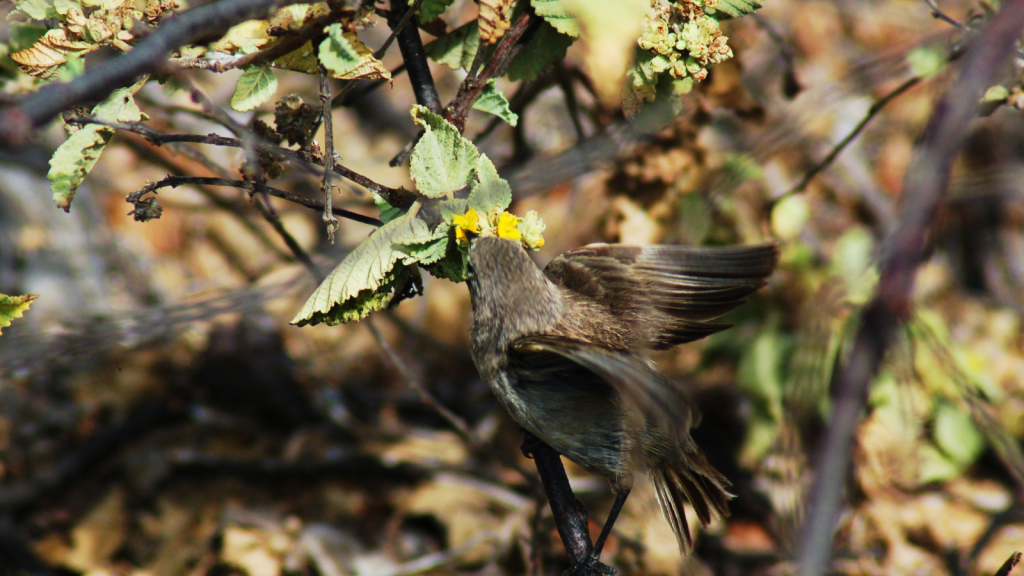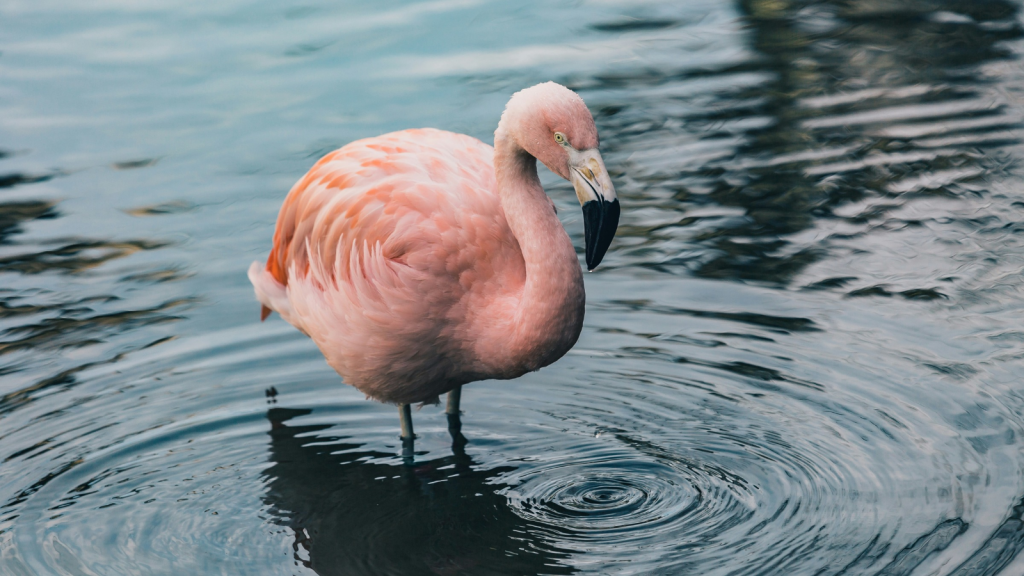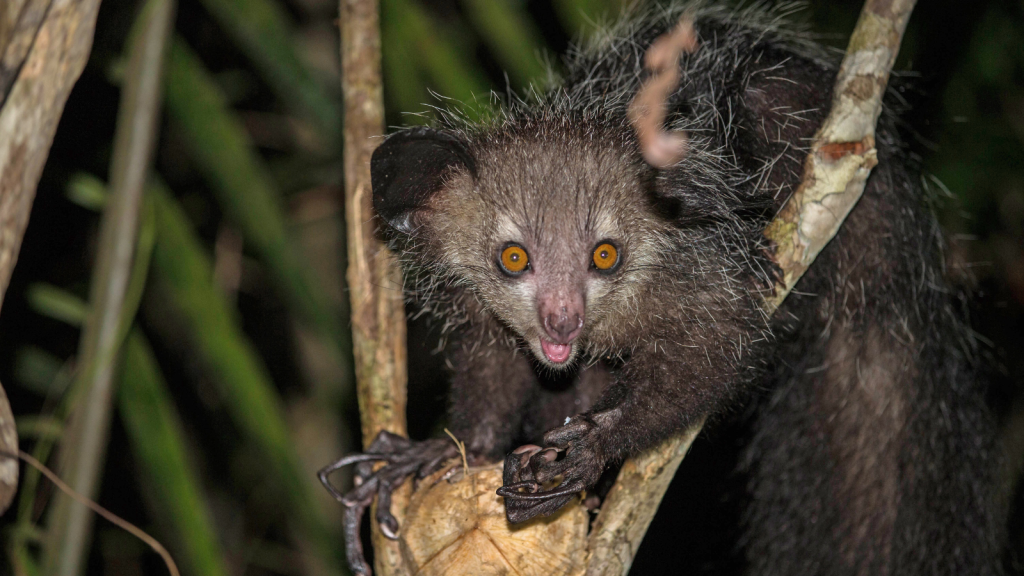Nature never fails to amaze us with its incredible variety of life. While most animals stick to familiar foods, some creatures have truly bizarre eating habits. From blood-guzzling birds to bone-crunching beasts, the animal kingdom is full of surprising diets. These unusual eaters have adapted to their environments in remarkable ways, often filling unique ecological niches. Get ready to be astonished by these ten animals with truly unconventional diets. You might want to skip your next meal after reading about some of these peculiar dining habits!
Vampire Finch

Found only on the Galápagos Islands, the vampire finch has a taste for blood. While it mainly eats seeds and insects, during dry seasons it pecks at the skin of larger birds to drink their blood. This behaviour helps the finch survive when other food sources are scarce. Despite its spooky name, the vampire finch isn’t all bad – it also helps remove parasites from its victims. Interestingly, the birds being pecked rarely seem bothered by the finches’ feeding, suggesting a possible symbiotic relationship.
Bone-Eating Snot Flower Worm

This deep-sea dweller might have the most unappealing name in the animal kingdom. It feasts on the bones of whale carcasses that sink to the ocean floor. The worm releases acid to dissolve the bones and absorb the nutrients. Its odd ‘flower’ appearance comes from the colourful feathery structures it uses to extract oxygen from the water. These unusual worms can survive for years on a single whale fall, playing a crucial role in deep-sea nutrient cycling.
Leopard Slug

Don’t be fooled by its name – this slug isn’t interested in hunting like its feline namesake. Instead, it’s one of the few carnivorous slugs, happily munching on other slugs, snails, and even earthworms. Leopard slugs play a vital role in gardens by controlling pest populations. They’re also known for their spectacular mating rituals, which involve dangling from slimy threads. Despite their voracious appetite for other gastropods, leopard slugs rarely cause damage to living plants, making them a gardener’s unlikely ally.
Flamingo

The flamingo’s pink colouration comes from its unusual diet. These wading birds feed on algae and tiny crustaceans, which contain pigments called carotenoids. As flamingos digest their food, these pigments are absorbed and deposited in their feathers and skin. Without this special diet, flamingos would actually be white or grey! Their specialised beaks are equipped with comb-like structures that filter out their tiny prey from the water, allowing them to feed efficiently in muddy, alkaline lakes where few other animals can survive.
Koala

Koalas have one of the most restricted diets of any mammal. They feed almost exclusively on eucalyptus leaves, which are toxic to most animals. Koalas have special digestive systems that can break down these poisonous leaves. However, eucalyptus leaves are low in nutrients, so koalas have to sleep up to 20 hours a day to conserve energy. Their specialized diet also means they’re particularly vulnerable to habitat loss, as they rely on specific eucalyptus species for survival.
Giant Panda

Despite being classified as carnivores, giant pandas have a diet that’s 99% bamboo. Their digestive systems haven’t fully adapted to this plant-based diet, so they have to eat enormous amounts – up to 12 hours a day! Pandas have a special ‘thumb’ (actually an enlarged wrist bone) that helps them grip bamboo stems while they munch. This unique dietary adaptation is a relatively recent development in evolutionary terms, occurring within the last two to three million years.
Ayeaye

This unusual lemur from Madagascar has an equally unusual diet. It uses its long, bony middle finger to tap on trees, listening for hollow areas that might contain insect larvae. Once it finds a tasty grub, the ayeaye gnaws a hole in the wood and uses its finger like a hook to fish out its prey. This unique feeding method has earned it the nickname ‘woodpecker lemur’. The aye-aye’s specialized feeding behaviour makes it the world’s only known primate to use echolocation to find food.
Sea Cucumber

These ocean floor dwellers have a rather dirty diet – they eat mud! Sea cucumbers sift through seafloor sediment, digesting any organic matter they find. This helps keep the ocean floor clean and recycles nutrients back into the ecosystem. Some species can even expel their internal organs as a defence mechanism, later regrowing them. Their feeding habits make sea cucumbers crucial ‘bioturbers’, mixing and oxygenating seafloor sediments and contributing to the health of coral reef ecosystems.
Horned Lizard

Also known as the ‘horned toad’, this lizard has a taste for ants. It specialises in harvesting these insects, sometimes eating thousands in a single day. The horned lizard has another trick up its sleeve – when threatened, it can squirt blood from its eyes as a defence mechanism. This startling ability often gives predators quite a fright! To cope with the high intake of formic acid from its ant-heavy diet, the horned lizard has evolved specialized buffering agents in its blood.
Leafcutter Ant

These tiny insects are expert farmers. They don’t actually eat the leaves they cut – instead, they use them to grow fungus in underground gardens. This fungus is the ants’ main food source. The relationship between the ants and the fungus is so close that young queen ants take a piece of the fungus with them when they leave to start a new colony. Leafcutter ants are so efficient at cultivating their fungus that they’re considered one of Earth’s most successful species, with colonies that can contain up to 8 million individuals.
15 Animals That Eat Hornets

Nature never fails to amaze me. Who would’ve thought so many creatures would prey on hornets? Their painful stings and fierce and aggressive behaviour make them seem like a pretty unappetizing meal to me. While hornets might seem like formidable insects that few creatures would dare to tangle with, they actually have quite a few natural enemies. From nimble birds to crafty mammals, plenty of other creatures make meals out of these stinging insects.
Read More: 15 Animals That Eat Hornets
Becky is a fervent wildlife enthusiast and pet care expert with a diploma in canine nutrition. Her love for animals stretches beyond the domestic, embracing the wild tapestry of global fauna. With over a decade of experience in animal welfare, Becky lends her expertise to OutlandishOwl through insightful articles, captivating wildlife information, and invaluable guidance on pet nutrition. Her work embodies a deep commitment to understanding the intricate lives of animals and a passion for educating others on sustaining natural habitats. Becky's hands-on conservation efforts and her knack for translating complex dietary science into practical pet feeding tips make her an indispensable voice for creatures great and small.




